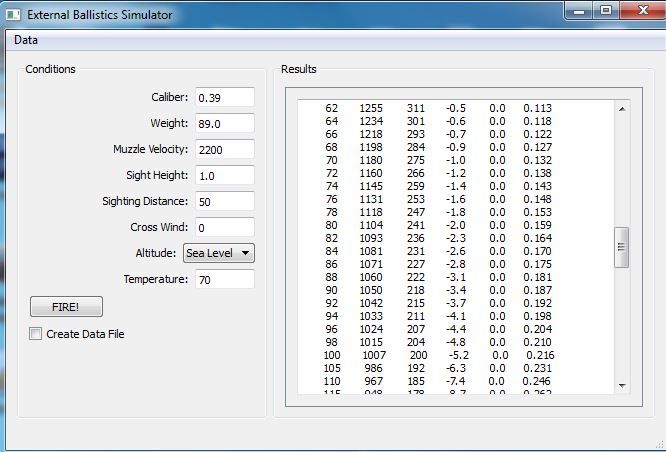zimmerstutzen
70 Cal.
- Joined
- Apr 2, 2009
- Messages
- 5,845
- Reaction score
- 1,198
OP, I did not see a caliber reference in your post. The velocity increases for barrel length are most pronounced with calibers between 45 and 50 and both 40 cal and 54 cal caliber have some flukes. A 54 caliber reaches the point where the barrel diameter allows the powder to burn through a given charge so fast that there really isn't a limit on increased fps over a range of powder charges. The point at which a round ball does not increase in velocity as much as lower increments, in a 50 caliber 28 inch barrel seems to generally run between charges of 90 grains to 100 grains. So if you were testing 50 caliber barrels with 80 grains of powder, you may not see much velocity change. The charge is being maximally consumed in all barrel lengths you have. In a 50 caliber, based on the figures in the Lyman Black Powder handbook, 1st edition, I think you would find a difference in your short barrel and the other two when going up to 90 grains and beyond. You really haven't reached the charge where length makes a difference in the barrels you mentioned. Now 80 grains is a right fair hunting charge for most guns here in the eastern woodlands. And many never see a reason to exceed that. For decades, I have used 75 grains in my guns, regardless of the caliber or barrel length.






